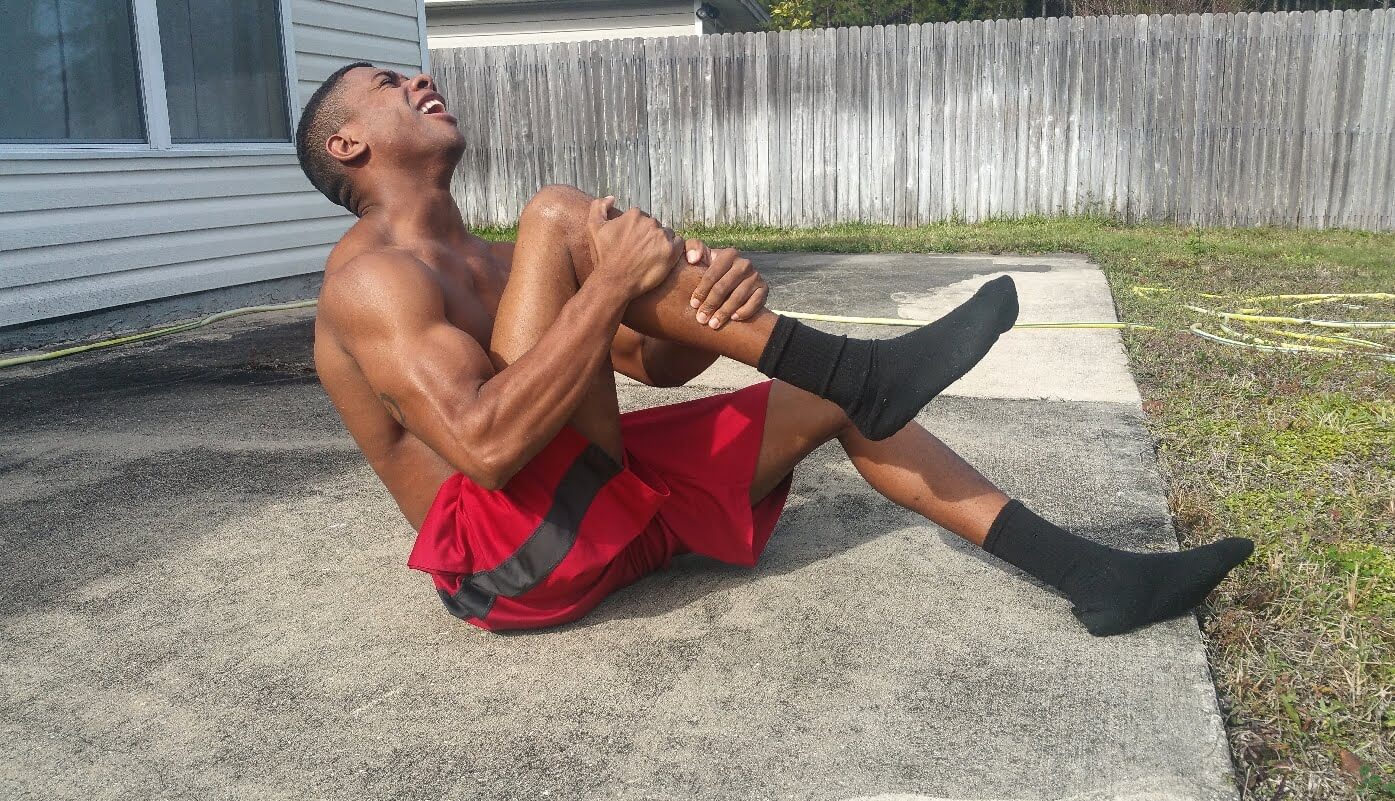Shin Splints: Sports Chiropractor Reviews Causes, Symptoms & Treatment Options. Speak To A Therapist Today By Calling (24/7): 1300-003-777.
Shin splints are a common lower leg complaint that we regularly encounter at Vitality Chiropractic Australia. We typically see this issue in runners and young athletes. While shin splints is not regarded as a diagnosis, it’s a common term used to describe pain that is felt along the shin bone or calf region.There are two regions which you may experience shin splints. Anterior shin splints are located on the front of the lower leg and involve the tibialis anterior muscle. The tibialis anterior is responsible for lifting your foot towards the ceiling. Posterior shin splints are located on the rear aspect of the lower leg and involve the tibialis posterior muscle. The tibialis posterior is responsible for lifting your heel during gait.
Common Causes Of Shin Pain
Shin splints are caused by overuse or repetitive movement of the lower leg muscles. Below you’ll find a comprehensive list of the other common causes:
- Foot abnormalities such as pronation and supination.
- Wearing inappropriate footwear which create dysfunction in the foot, ankle and lower leg kinetic chain.
- Increasing your training load too quickly.
- Running on hard or angled surfaces.
- Reduced or poor joint flexibility of the foot and ankle.
- Muscular imbalance.
Shin Splints Treatment
Shin splint treatment is relatively uncomplicated if the problem is purely muscle related. Management will typically consist of:
- Soft tissue therapy to address muscle spasm and tightness.
- Physiological therapeutics such as Ultrasound to assist with reducing associated inflammation and discomfort.
- Exercises to improve lower leg flexibility such as stretches.
- Joint mobilisation of the ankle, foot and knee complex.
- Rest from activity will usually be recommended to assist you in promptly recovering from shin splints.
Chiropractor Shin Splints Research
- Conservative management strategies such as Chiropractic & Physiotherapy treatment are the most appropriate methods for managing pain, discomfort and general dysfunction associated with shin splints and other lower limb disorders. Gerow, G. (1993). Compartment syndrome and shin splints of the lower leg. Journal of Manipulative & Physiological Therapeutics, 16(4); 245 – 252.
- It has been noted that restoring proper biomechanics to the entire kinetic chain as well as rehabilitating the injured area should be the primary aim of practitioners. Tibial stress syndrome (shin splints) can be difficult to manage if the presenting client continues to aggravate through various activities. Krenner, B. (2002). Case report: comprehensive management of medial tibial stress syndrome. Journal of Chiropractic Medicine, 1(3); 122 – 124.

Additional Information
If you wish to continue your reading about shin splints please click here.
